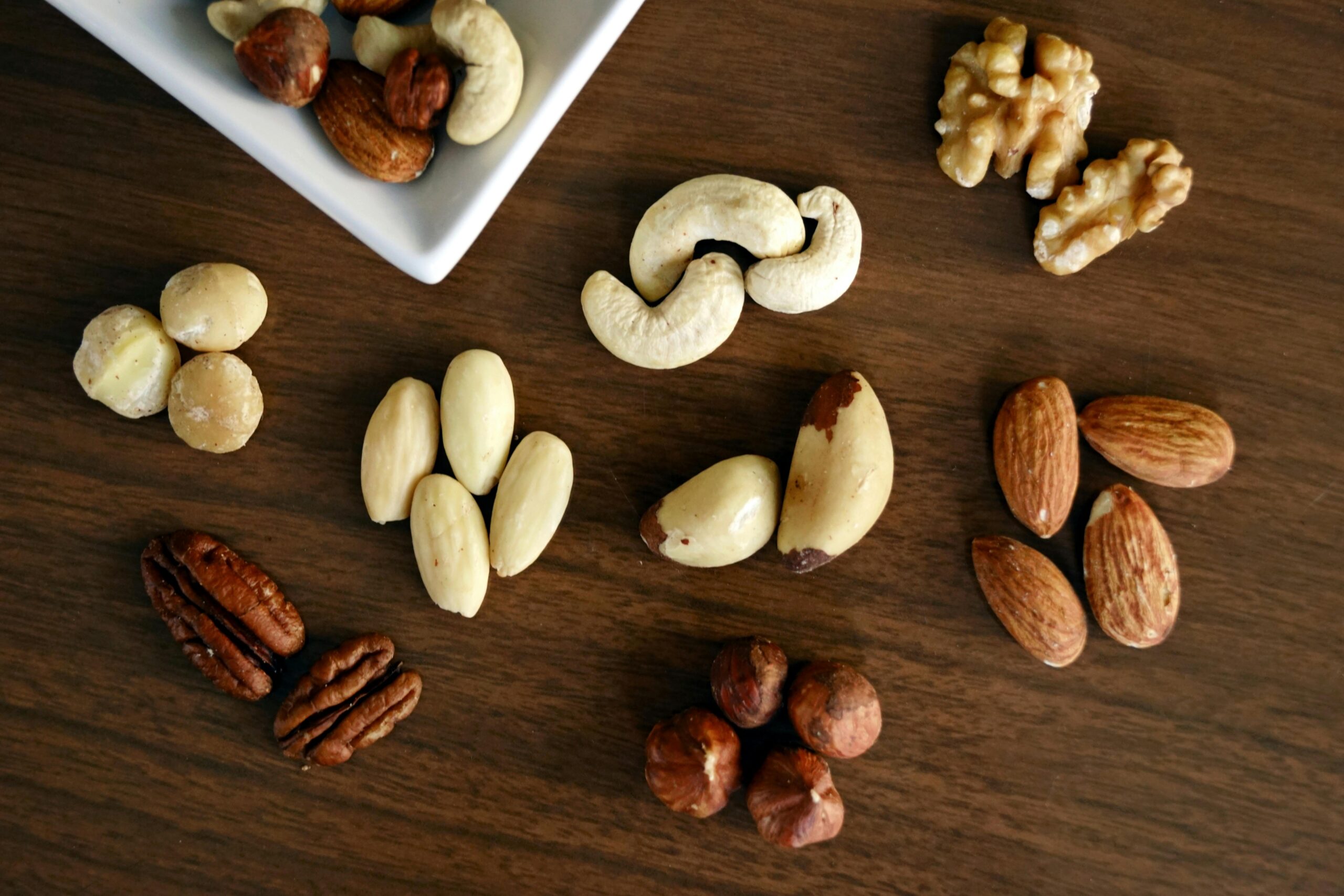jowar The Ultimate Guide to Jowar (Sorghum): Benefits, Uses, and Recipes
Focus Keyword: Jowar
Introduction
Jowar, also known as sorghum, is a nutrient-rich ancient grain that has been a staple in Indian and African diets for centuries. With the growing demand for gluten-free and nutrient-dense alternatives to wheat and rice, jowar is gaining global recognition.
But what makes jowar special? How does it compare to other grains? And how can you incorporate it into your diet?
In this detailed guide, we’ll cover:
– Nutritional benefits of jowar
– Different types of jowar and their uses
– Health advantages over wheat and rice
– Easy recipes to include jowar in your meals
– Common myths debunked
By the end, you’ll understand why jowar is a superfood and how to make the most of it in your kitchen.
—
What is Jowar (Sorghum)?
Jowar is a drought-resistant millet that belongs to the grass family. It is naturally gluten-free, rich in fiber, and packed with essential nutrients. Unlike refined grains, jowar retains its bran and germ, making it a whole grain powerhouse.
Types of Jowar
1. White Jowar – Mild flavor, commonly used in rotis and porridge.
2. Red Jowar – Slightly nuttier, often used in traditional African dishes.
3. Black Jowar – Rare, high in antioxidants, used in specialty foods.
—
Nutritional Benefits of Jowar
Jowar is not just a filler grain—it’s a nutritional powerhouse. Here’s why:
1. High in Fiber
– Supports digestion and prevents constipation.
– Helps in weight management by keeping you full longer.
2. Rich in Protein
– Contains 10-12% protein, making it great for vegetarians and vegans.
3. Packed with Antioxidants
– High in polyphenols and tannins, which fight inflammation.
4. Low Glycemic Index (GI)
– Does not spike blood sugar, making it ideal for diabetics.
5. Gluten-Free
– A safe and healthy alternative for those with celiac disease or gluten sensitivity.
Nutritional Comparison (Per 100g)
| Nutrient | Jowar | Wheat | Rice (Brown) |
|———-|——-|——-|————-|
| Calories | 329 | 340 | 370 |
| Protein | 10g | 13g | 7.5g |
| Fiber | 6g | 12g | 2g |
| Iron | 4mg | 3.5mg | 0.8mg |
Verdict: Jowar is higher in iron and fiber than rice and offers a gluten-free advantage over wheat.
—
Health Benefits of Jowar
1. Supports Heart Health
– Contains magnesium, which regulates blood pressure.
– Rich in fiber, which lowers bad cholesterol (LDL).
2. Aids in Diabetes Management
– Low GI helps control blood sugar levels.
3. Boosts Bone Strength
– High in calcium and magnesium, essential for bone density.
4. Helps in Weight Loss
– Keeps you full longer, reducing unnecessary snacking.
5. Improves Digestion
– Acts as a prebiotic, promoting gut health.
—
How to Use Jowar in Cooking
Jowar is versatile—it can be used in flour form, as whole grains, or even popped like popcorn!
1. Jowar Roti (Sorghum Flatbread)
– A gluten-free alternative to wheat roti.
– Best paired with vegetables or dal.
2. Jowar Porridge
– Cook jowar grains with milk or water, add nuts and honey.
– A nutritious breakfast option.
3. Jowar Upma
– Replace semolina with jowar rava for a healthier upma.
4. Popped Jowar (Sorghum Popcorn)
– A low-calorie, crunchy snack—great with spices or sweet toppings.
5. Jowar Idli/Dosa
– Mix jowar flour with urad dal batter for gluten-free idlis.
—
Jowar vs. Wheat vs. Rice: Which is Better?
| Feature | Jowar | Wheat | Rice (Brown) |
|———|——-|——-|————-|
| Gluten-Free | ✅ Yes | ❌ No | ✅ Yes (if whole) |
| Glycemic Index | Low (~62) | Medium (~70) | Medium (~68) |
| Fiber Content | High | High | Low |
| Protein | Moderate | High | Low |
| Best For | Diabetics, gluten-sensitive | Bread, pasta | Quick energy |
Winner: Jowar is the best for gluten-free, diabetic-friendly diets, while wheat is higher in protein.
—
Debunking Common Myths About Jowar
Myth 1: Jowar is Hard to Digest
– Fact: Its high fiber content actually improves digestion over time.
Myth 2: Jowar Tastes Bland
– Fact: When cooked properly, it has a nutty, earthy flavor—great in both sweet and savory dishes.
Myth 3: Jowar is Only for Rural Diets
– Fact: With rising health trends, jowar is now popular in urban gluten-free and fitness diets.
—
Where to Buy Jowar?
– Online: Amazon, BigBasket, Flipkart
– Local Stores: Look for organic or millet-specialty stores
—
Conclusion: Should You Switch to Jowar?
Jowar is a nutrient-dense, gluten-free, and diabetic-friendly grain that deserves a place in your diet. Whether you use it in rotis, porridge, or snacks, it offers better health benefits compared to refined wheat and rice.
Key Takeaways:
✔ Rich in fiber, protein, and antioxidants
✔ Great for weight loss, diabetes, and heart health
✔ Versatile—can be used in rotis, snacks, and breakfast dishes
Ready to try jowar? Start with jowar roti or porridge and experience its benefits firsthand!
—
FAQs About Jowar
Q: Is jowar better than wheat?
A: Yes, if you need a gluten-free, low-GI alternative. Wheat has more protein, but jowar is better for digestion and blood sugar control.
Q: Can jowar help in weight loss?
A: Absolutely! Its high fiber content keeps you full, reducing calorie intake.
Q: How to store jowar flour?
A: Keep in an airtight container in a cool, dry place to prevent rancidity.
—
This guide fills the gap in existing content by providing detailed comparisons, cooking tips, and myth-busting facts about jowar. Whether you’re health-conscious or exploring gluten-free diets, jowar is a superfood worth trying!
Would you like any modifications or additional sections? Let me know! 🌾



Leave a Reply